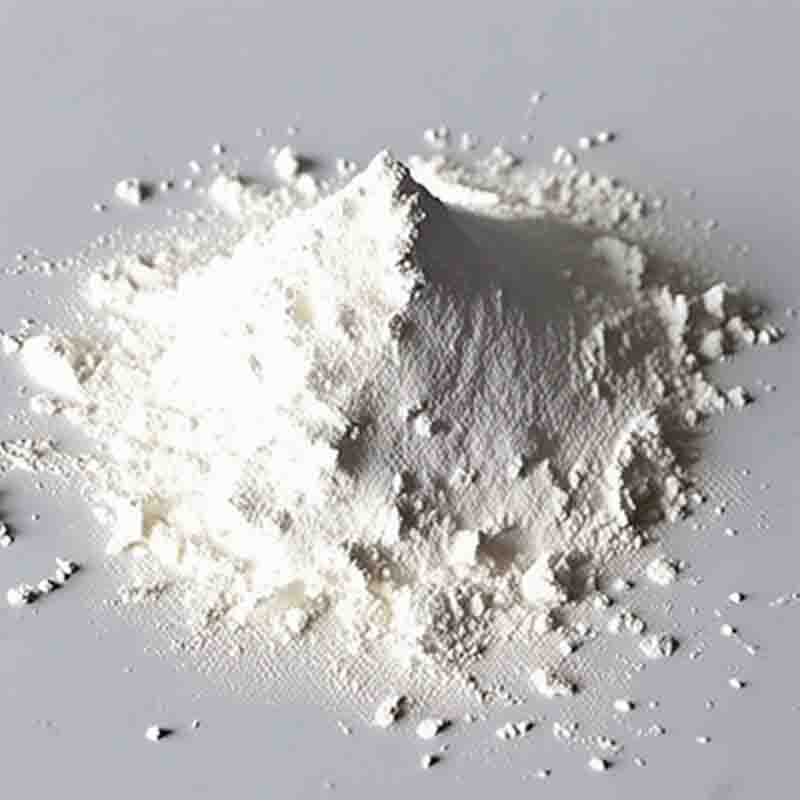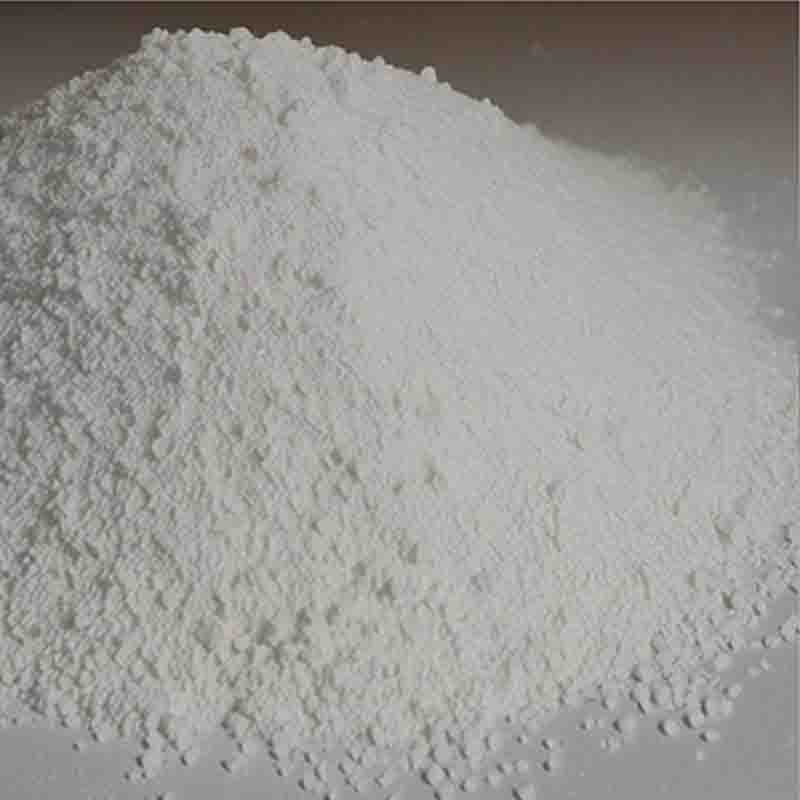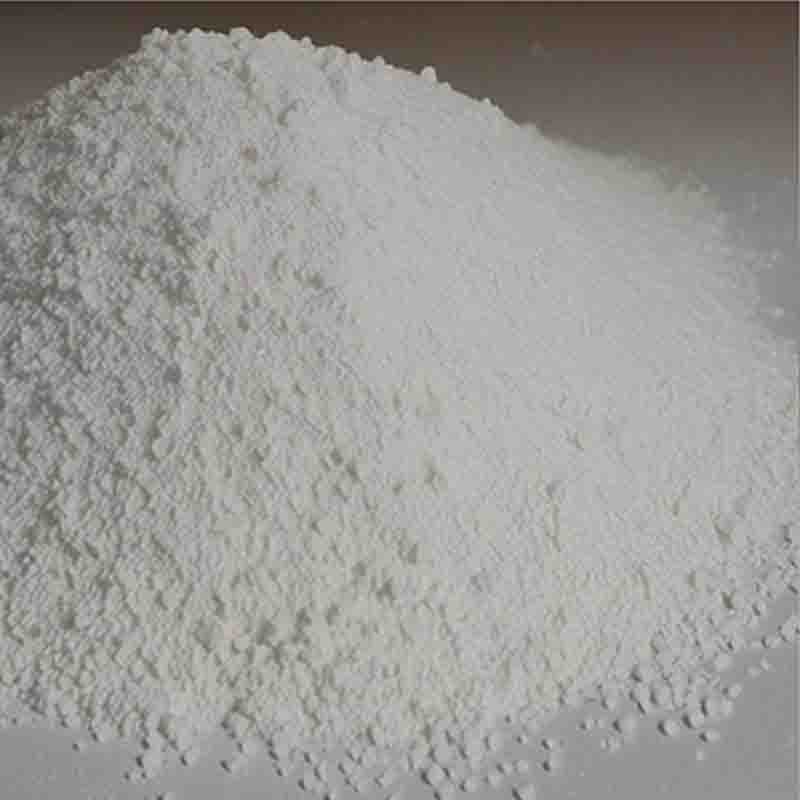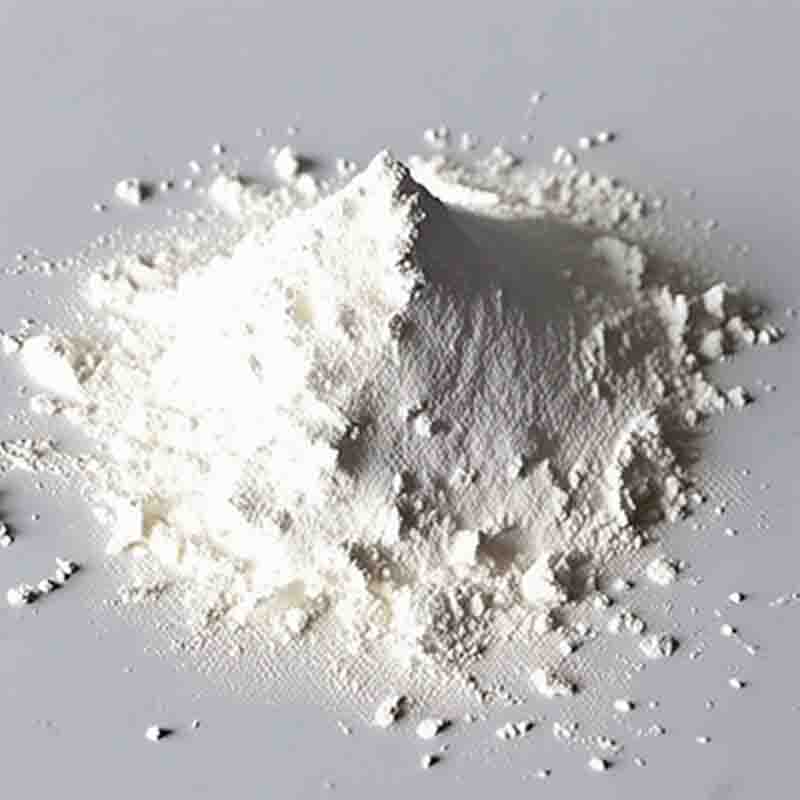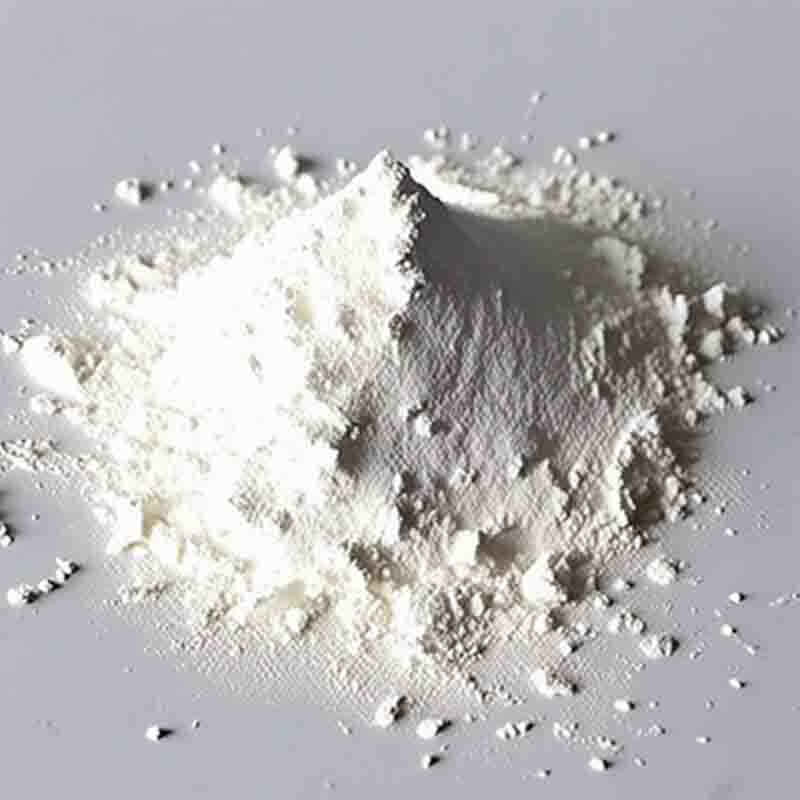n-Perfluorooctane CAS:307-34-6
| Catalog Number | XD96322 |
| Product Name | n-Perfluorooctane |
| CAS | 307-34-6 |
| Molecular Formula | C8F18 |
| Molecular Weight | 438.06 |
| Storage Details | Ambient |
Product Specification
| Appearance | White powder |
| Assay | 99% min |
n-Perfluorooctane, also known as perfluorooctane or PFO, is a chemical compound belonging to the class of perfluorinated compounds (PFCs). It has several effects and applications, but it is important to note that PFO is considered a persistent organic pollutant and a potential health hazard due to its widespread presence and persistence in the environment.One of the main effects of n-perfluorooctane is its surfactant properties. It has the ability to reduce surface tension and create a strong film on various surfaces. This property makes it useful in certain industrial processes, such as in the manufacturing of fire-fighting foams. PFO-based foams are highly effective in suppressing and extinguishing flammable liquid fires due to their ability to quickly spread and smother the flames.However, the surfactant properties of n-perfluorooctane raise concerns regarding its environmental impact. PFO has been detected in various environmental compartments, including water, air, soil, and wildlife. It is highly persistent and can bioaccumulate in organisms, leading to potential ecological harm and health risks.Moreover, n-perfluorooctane has been linked to adverse health effects in humans. Studies have associated PFO exposure with various health issues, including liver, kidney, and thyroid dysfunction, developmental delays in children, and increased risk of certain cancers. The potential for bioaccumulation and the presence of PFO in drinking water sources have raised significant concerns among regulatory bodies.Due to these concerns, the use of n-perfluorooctane has been restricted or banned in several countries. Regulatory measures aim to minimize its production, use, and release into the environment. Efforts are also being made to develop safer alternative substances with similar surfactant properties but reduced environmental and health risks.It is essential to handle and dispose of n-perfluorooctane and products containing PFO with caution to prevent further contamination and minimize risks to human health and the environment. Strict adherence to regulations and the adoption of sustainable practices can help mitigate the negative effects of this compound.In conclusion, n-perfluorooctane is a chemical compound with surfactant properties that have both beneficial and detrimental effects. While it has been used in fire-fighting foams due to its efficiency in extinguishing fires, it is also a persistent organic pollutant with potential health risks and environmental concerns. Continued research and regulatory action are crucial in minimizing its use, preventing further contamination, and finding safer alternatives.




